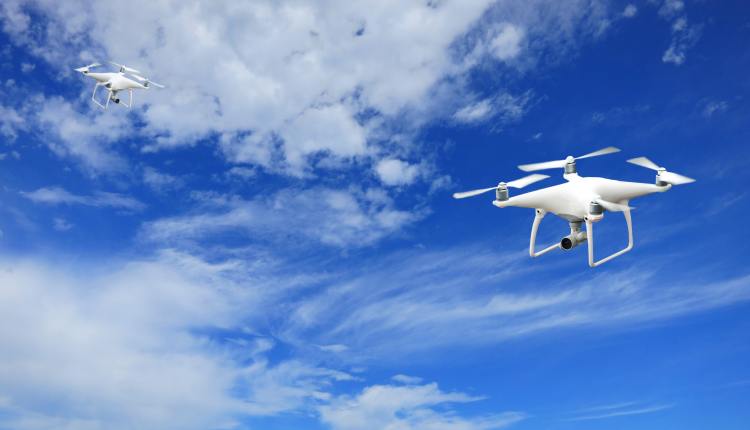Drones May Have A Positive Impact On Your Company: Take A Look
The odds are strong that a drone is flying near you at the moment. Many new drones have taken to the skies in the last four years, and sales of long-lasting, high-precision commercial drones have increased by 500 per cent during that time. Despite the widespread interest in technology, only one in ten businesses can exploit drones to their benefit. It is common knowledge that commercial drones are now being used to gather aerial video for film and television projects and check hard-to-reach regions like power cables and pipelines for utility and energy company inspections. Construction companies use them to keep tabs on progress and compliance on construction sites. It’s just the beginning. It is predicted that by 2024, the worldwide market for drone technology, which now stands at $14 billion, will have tripled. Despite all the excitement, commercial use of drones is still very uncommon. Drones have the potential to provide strategic and competitive advantages, as well as efficiency improvements when used in conjunction with the appropriate technology and applications.
Deliveries and Services Are Easier to Access with Drones
Amazon’s Prime Air delivery drones will be operational in the summer of 2019. (As of now, the software is just being tested). For the next six months, Tesco is trying a drone delivery service at one of its shops in Ireland. Drones can transport more than just consumer products. Wireless providers have tested drones as mobile cellular towers to offer coverage in rural places. Google and Facebook are experimenting with using drones to provide Wi-Fi coverage.
As a result, many firms are using drones to make their products more accessible. In the same way, filmmakers collecting aerial video, oil firms evaluating pipelines, mining companies assessing sites, and even ranchers and veterinarians saving themselves lengthy excursions into the field may all benefit from this technology. Drones will continue to be used in business because of their accessibility. However, access is just the first step to harnessing the full potential of drones. In addition to their global reach, drones are significant because they enable you to observe the world in more detail. Drones provide an aerial perspective.
When it comes to location-based photography, drones and maps are a powerful combination
As a fast method for stakeholders to see how a project is progressing, the images are helpful in and of themselves. In addition, a digital terrain model may be used to monitor the amount of soil taken from the building site. Modern photogrammetry improvements have enabled the creation of point clouds and photorealistic models from pictures captured at an angle, allowing for 2D, 3D, and volumetric measurements. The same data may be used to track progress while building progress. GIS software may be trained to detect features like storm drains and doors and to keep track of what has been there in the past. It’s like a four-dimensional representation of the world that was created by a drone’s flight. Planning will benefit from the capacity to go back in time and the cost benefits of employing a drone instead of slower and more costly technologies, such as aerial or satellite images. In contrast to third-party approaches, stakeholders are not constrained by cloud cover or nighttime circumstances while gathering ideas.
Conclusion
Commercial Drones‘ most enticing feature will always be its ability to take you nearly anyplace. In the coming years, it will become clear that this voyage is just a tiny portion of the journey. Even the sky will be the limit as more firms learn how drones can put the world into sharp contrast.

